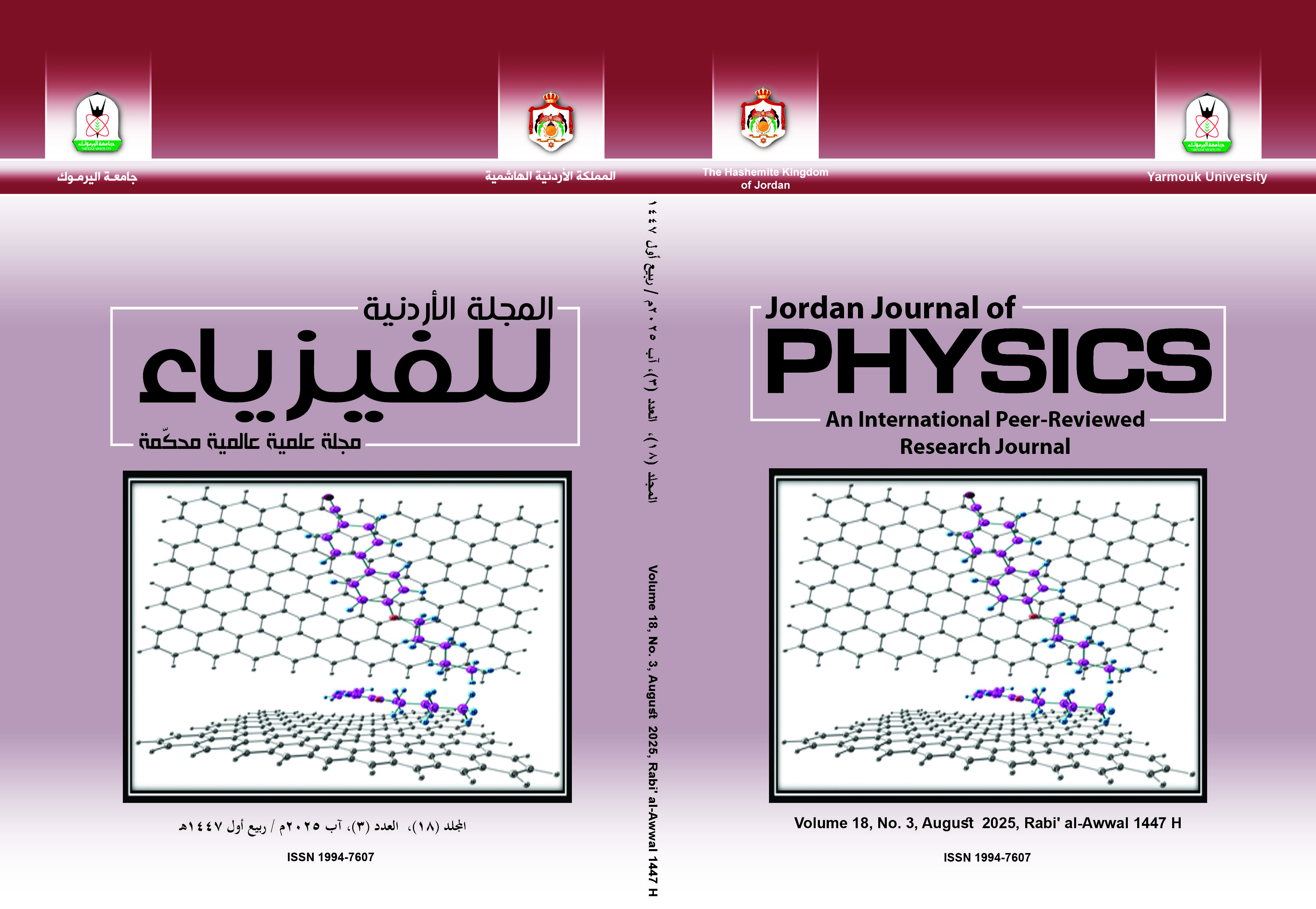DFT Study of the π-π Interaction between Graphene and Liquid Crystal Molecules for the Charge Transfer Applications
Keywords:
Graphene, Liquid crystal, Molecular interaction, π-π stacking, Density Functional Theory (DFT)Abstract
Abstract: As the LC and GP sheets meet, the ionization potential, HOMO-LUMO gap, and cosmo area of the whole dimer (LC+GP) all drop. Every LC engages in a parallel plane (armchair) or diagonal cross-section interaction with the GP. Benzene-based liquid crystals interact strongly with graphene, whereas cyclohexane-based liquid crystals interact only weakly. Liquid crystal dimers based on benzene interact negatively with graphene. Liquid crystals composed of oxygen and nitrogen atoms exhibit interactions with graphene. Whereas nitrogen atom-based liquid crystals very faintly interact with graphene, oxygen atom-based liquid crystals do so energetically. In contrast to the nitrogen atom-based liquid crystal, the oxygen atom-based liquid crystal dimer displays a more impressive dipole moment. The strongest dipole moment is observed for the liquid crystal containing both nitrogen and oxygen atoms. The graphene sheet twisted in all the dimers, and all the liquid crystal benzene rings exhibit the π-π interaction with the graphene at a distance of ~3.5Å. The cyclohexane ring and the terminal group of the liquid crystal interact with graphene at a distance of ~2.5Å, but they do not show π-stacking.


